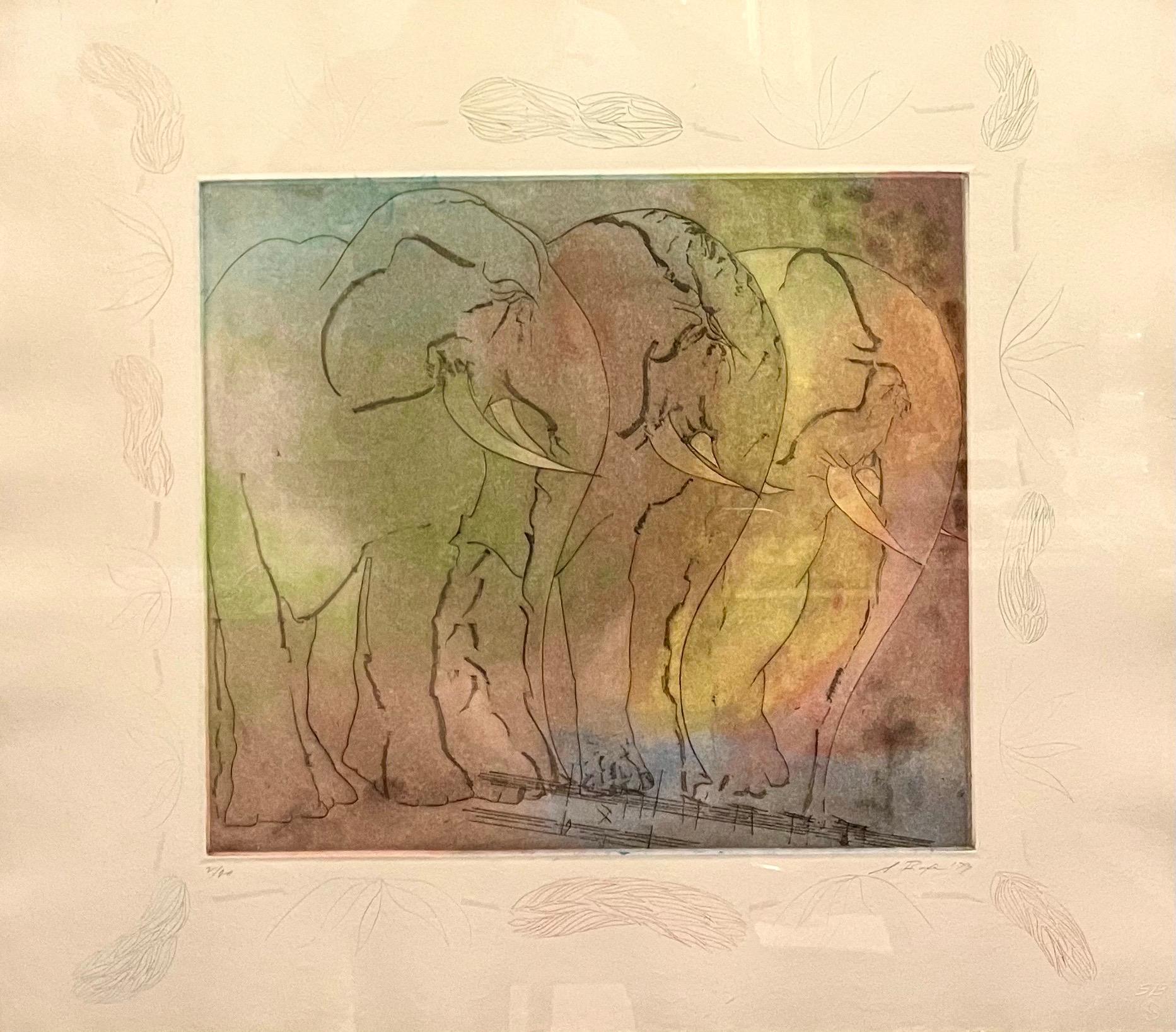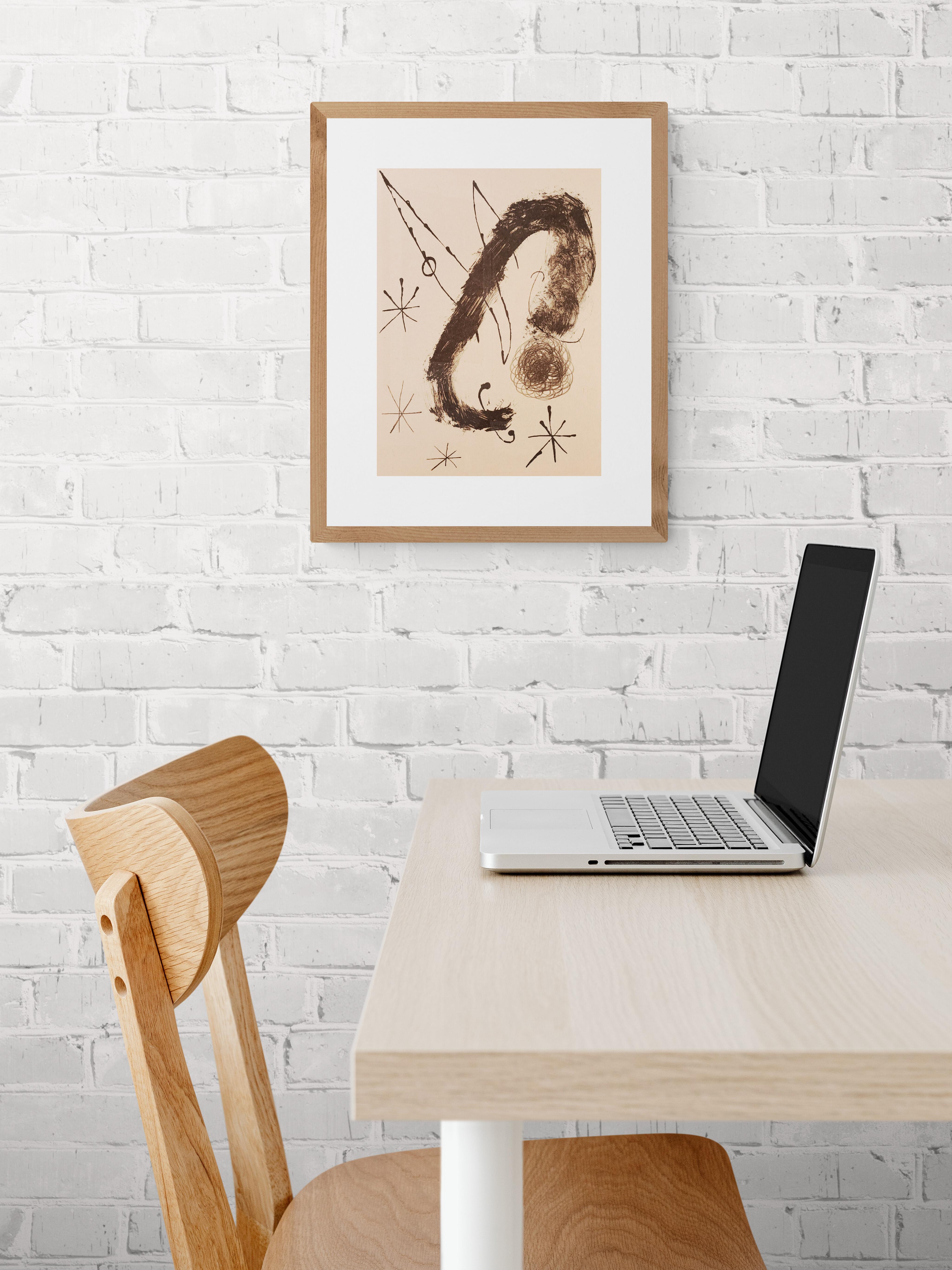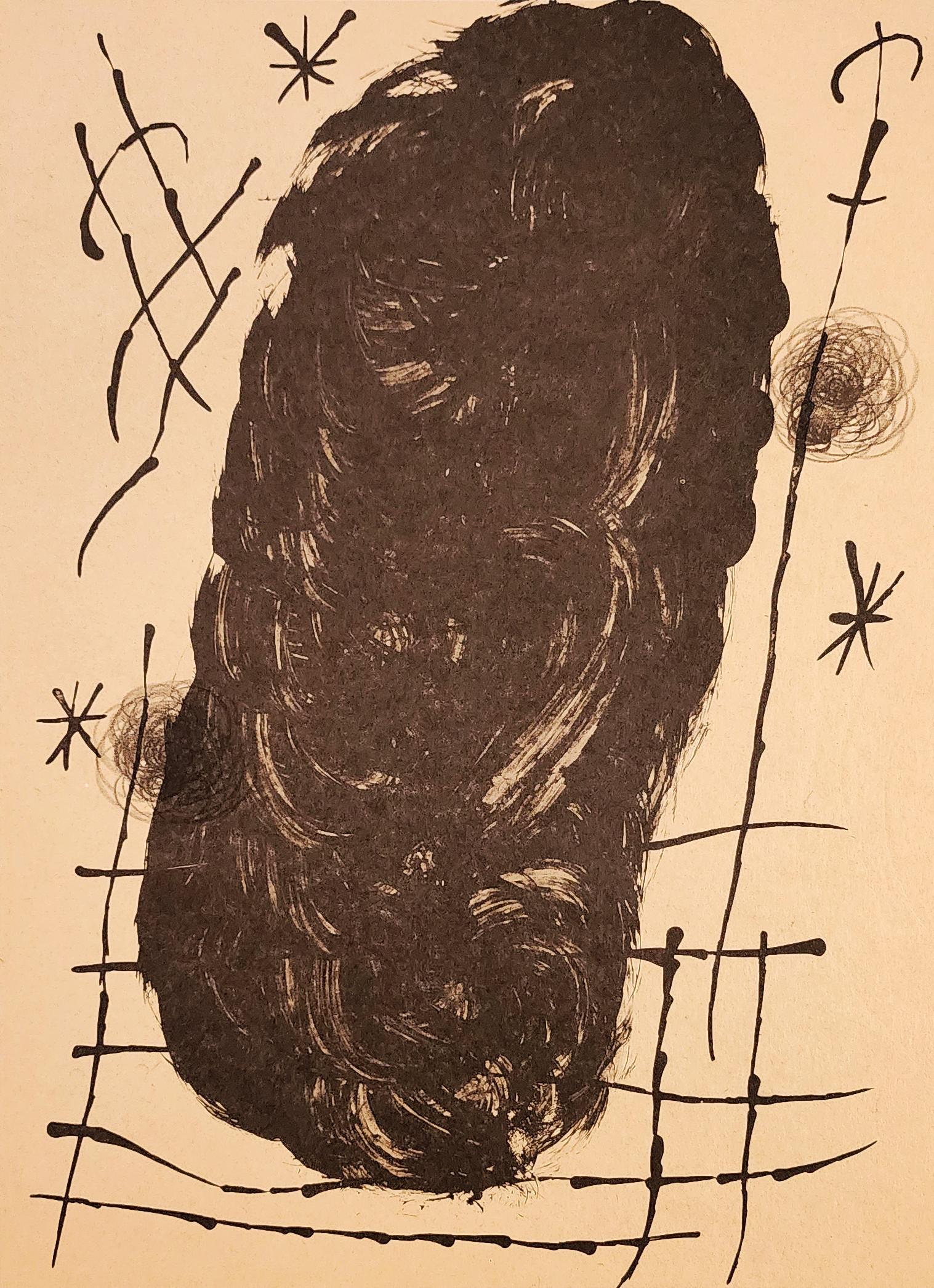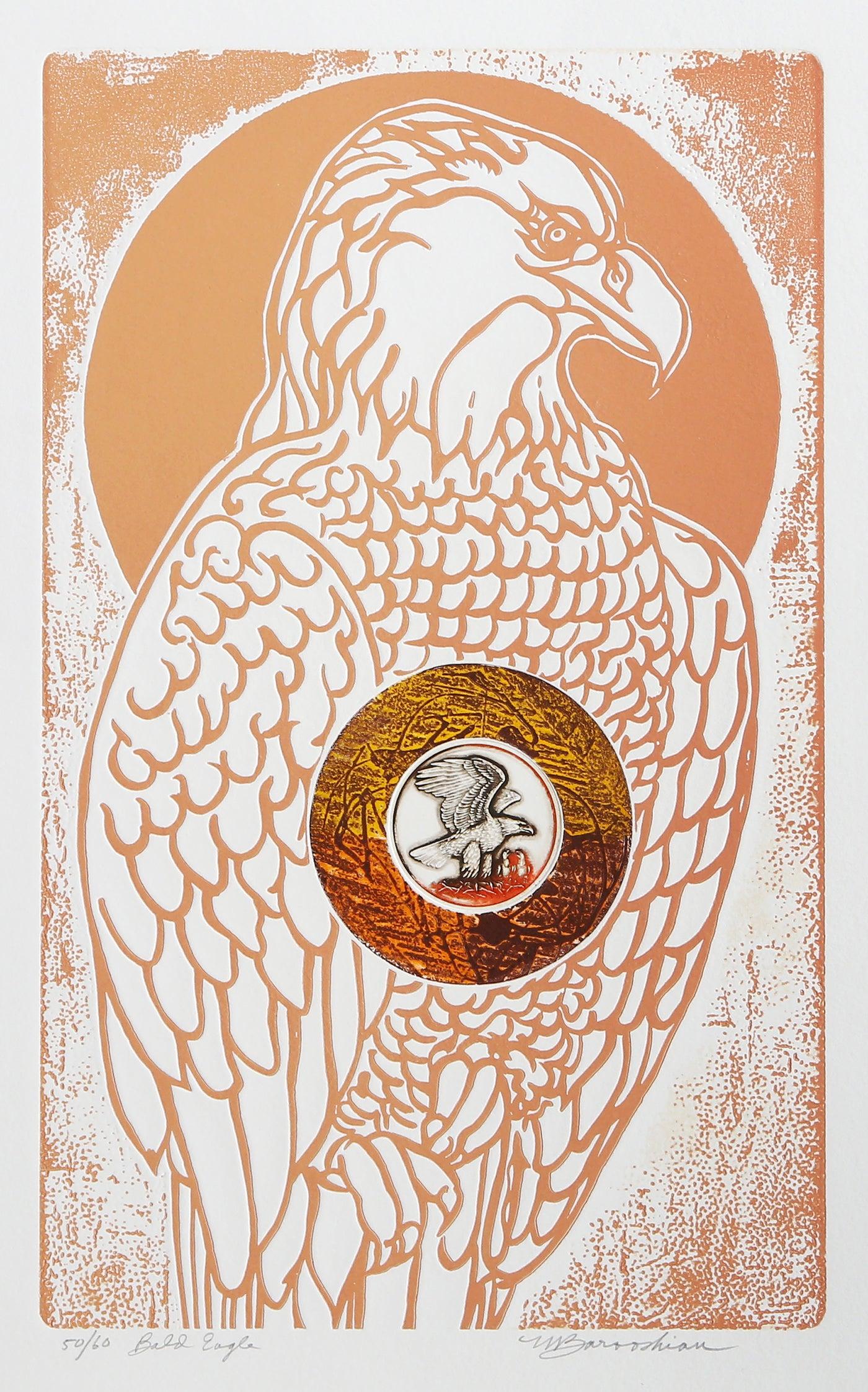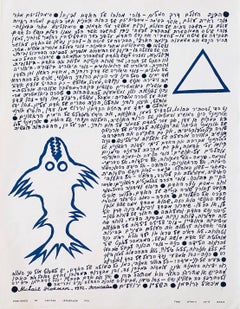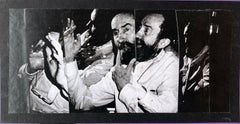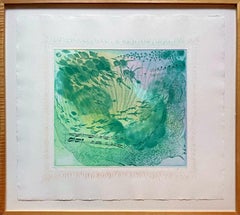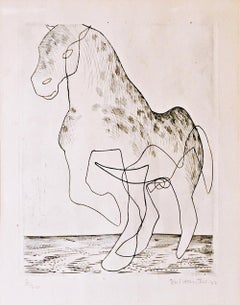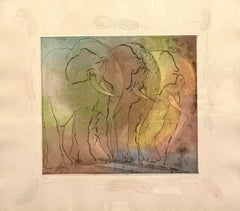
Stanley Boxer Aquatint Intaglio Etching Elephant Herd Abstract Expressionist
View Similar Items
Want more images or videos?
Request additional images or videos from the seller
1 of 18
Stanley BoxerStanley Boxer Aquatint Intaglio Etching Elephant Herd Abstract Expressionist1979
1979
$1,950List Price
About the Item
- Creator:Stanley Boxer (1926 - 2000, American)
- Creation Year:1979
- Dimensions:Height: 24.5 in (62.23 cm)Width: 28 in (71.12 cm)
- Medium:
- Movement & Style:
- Period:
- Condition:good. minor wear to frame commensurate with age.
- Gallery Location:Surfside, FL
- Reference Number:1stDibs: LU3829125992
About the Seller
4.9
Platinum Seller
Premium sellers with a 4.7+ rating and 24-hour response times
Established in 1995
1stDibs seller since 2014
1,777 sales on 1stDibs
Typical response time: 1 hour
Authenticity Guarantee
In the unlikely event there’s an issue with an item’s authenticity, contact us within 1 year for a full refund. DetailsMoney-Back Guarantee
If your item is not as described, is damaged in transit, or does not arrive, contact us within 7 days for a full refund. Details24-Hour Cancellation
You have a 24-hour grace period in which to reconsider your purchase, with no questions asked.Vetted Professional Sellers
Our world-class sellers must adhere to strict standards for service and quality, maintaining the integrity of our listings.Price-Match Guarantee
If you find that a seller listed the same item for a lower price elsewhere, we’ll match it.Trusted Global Delivery
Our best-in-class carrier network provides specialized shipping options worldwide, including custom delivery.More From This Seller
View AllStanley Boxer Aquatint Intaglio Etching Elephant Herd Abstract Expressionist
By Stanley Boxer
Located in Surfside, FL
Elephants. 1979
edition 2/20
Hand signed and dated
Framed 24.5 X 28. Sheet 23 X 26
This is from a series of prints Boxer produced at Tyler Graphics between 1975 and 1979. Over thi...
Category
1970s Abstract Expressionist Animal Prints
Materials
Etching, Aquatint, Intaglio
Post Soviet Nonconformist Avant Garde Russian Israeli Screen Print Lithograph
By Michail Grobman
Located in Surfside, FL
Michail Grobman (Russian: Михаил Гробман, Hebrew: מיכאיל גרובמן, born 1939) is an artist and a poet working in Israel and Russia. He is father to Hollywood producer Lati Grobman an...
Category
20th Century Modern Abstract Prints
Materials
Screen
Vintage Abstract Expressionist Hyman Bloom Photo Collage Assemblage Photograph
By Martin Sumers
Located in Surfside, FL
This is a unique original collage, decoupage style of Jiri Kolar, This is an exceptional artwork which was part of a collaboration between Hyman Bloom and fellow artist and his very ...
Category
1990s Modern Animal Prints
Materials
Paper, Photographic Paper
Vintage Abstract Expressionist Hyman Bloom Photo Collage Assemblage Photograph
By Martin Sumers
Located in Surfside, FL
This is a unique original collage, decoupage style of Jiri Kolar, This is an exceptional artwork which was part of a collaboration between Hyman Bloom and fellow artist and his very ...
Category
20th Century Modern Animal Prints
Materials
Paper, Photographic Paper
Big Post Minimalist Pattern and Decoration Abstract Lithograph Robert Zakanitch
By Robert Zakanitch
Located in Surfside, FL
Robert Rahway Zakanitch (American b. 1935),
Les Delices de Fragonard
1988
Hand signed and numbered from edition of 45
Dimensions: 36.5 X 48
This vibrant work features floral patter...
Category
1980s Post-Minimalist Abstract Prints
Materials
Lithograph, Screen
Post Soviet Nonconformist Avant Garde Russian Israeli Woodcut Woodblock Print
By Michail Grobman
Located in Surfside, FL
Woodcut woodblock (small possibility it is a Silkscreen Serigraph) print hand signed, numbered.
Michail Grobman (Russian: Михаил Гробман, Hebrew: מיכאיל גרובמן, born 1939) is an a...
Category
20th Century Modern Animal Prints
Materials
Woodcut
You May Also Like
Finale, from Carnival of Animals (Tyler Graphics, 119:SB31), mixed media Framed
By Stanley Boxer
Located in New York, NY
Stanley Boxer
Finale, from Carnival of Animals (Tyler Graphics, 119:SB31), 1979
Etching, aquatint, engraving and drypoint on hand colored TGL handmade paper
Edition 16/20
Pencil sign...
Category
1970s Abstract Expressionist Abstract Prints
Materials
Mixed Media, Pencil, Graphite, Engraving, Drypoint, Etching, Aquatint
Blue Jays, Aquatint Etching by Martin Barooshian
By Martin Barooshian
Located in Long Island City, NY
Blue Jays
Martin Barooshian, American (1929–2022)
Date: circa 1981
Intaglio Etching and Aquatint, signed and numbered in pencil
Edition of 175, AP 25
Image S...
Category
1980s Animal Prints
Materials
Etching, Aquatint, Intaglio
Big Horse, Black & Moorhead 46 very scarce 1932 engraving + drypoint signed 8/30
By Stanley William Hayter
Located in New York, NY
Stanley William Hayter
Big Horse (Black & Moorhead 46), 1932
Engraving & Drypoint on antique white Canson Vidalon laid paper affixed to original matting
Hand signed, numbered 8/30 an...
Category
1930s Abstract Expressionist Animal Prints
Materials
Engraving, Drypoint
The Bull and the Condor
By Jacques Lipchitz
Located in New York, NY
Jacques Lipchitz
The Bull and the Condor, 1962
Lithograph on Rives BFK Paper
Signed in pencil and numbered 30/100 by the artist; with the blind stamp of the publisher, Tamarind Works...
Category
1960s Abstract Expressionist Abstract Prints
Materials
Lithograph
RESTING CAT 1978 Signed Limited Edition Lithograph
By Karel Appel
Located in Rochester Hills, MI
Karel Appel
Resting Cat
Print - Lithograph 23.0'' x 31.5''
Edition: signed and numbered in pencil 80/125
Unframed in Excellent Condition.
I portray my vision of those things on that single moment witch surpasses time and place: only those details, the "brush strokes", Which connote the emotional strength of the scene are reproduced, and as directly as possible, without any vagueness. It evokes which cannot be expressed with words.- Karl Appel...
Category
1970s Abstract Expressionist Animal Prints
Materials
Lithograph
$1,600 Sale Price
20% Off
Puuku (Comanche Horse)
Located in Bozeman, MT
John Hitchcock uses the print medium with its long history of social and political commentary to explore relationships of community, land, and culture. Hitchcock’s works on paper an...
Category
2010s Abstract Expressionist Abstract Prints
Materials
Screen, Paper, Ink
